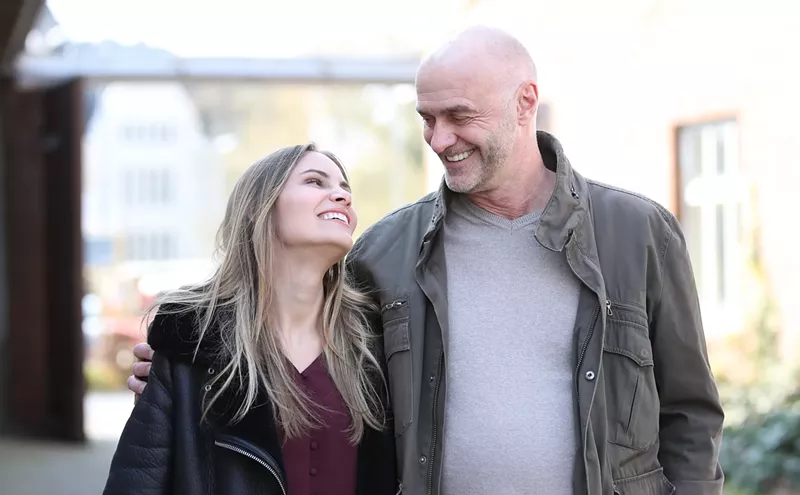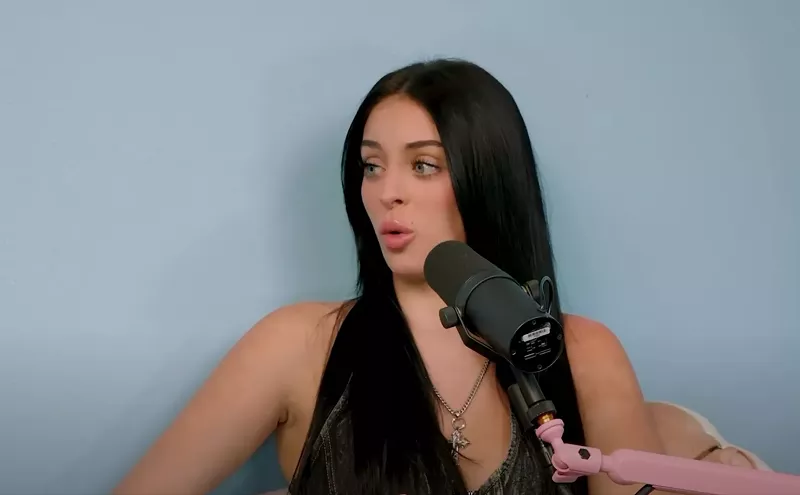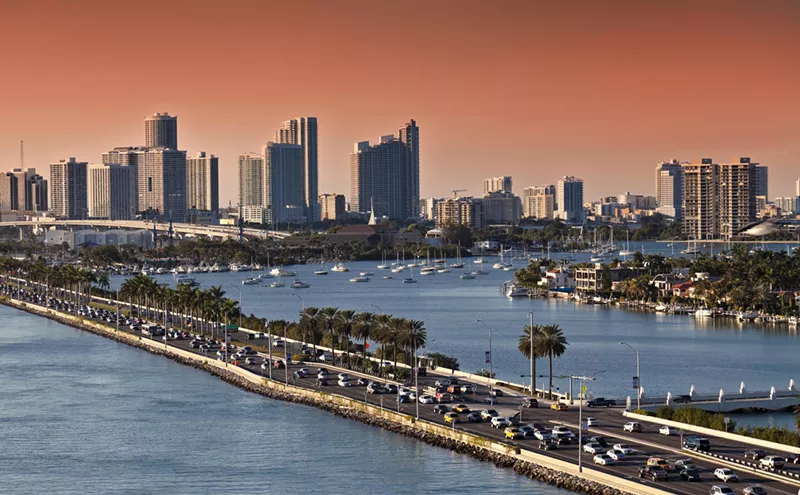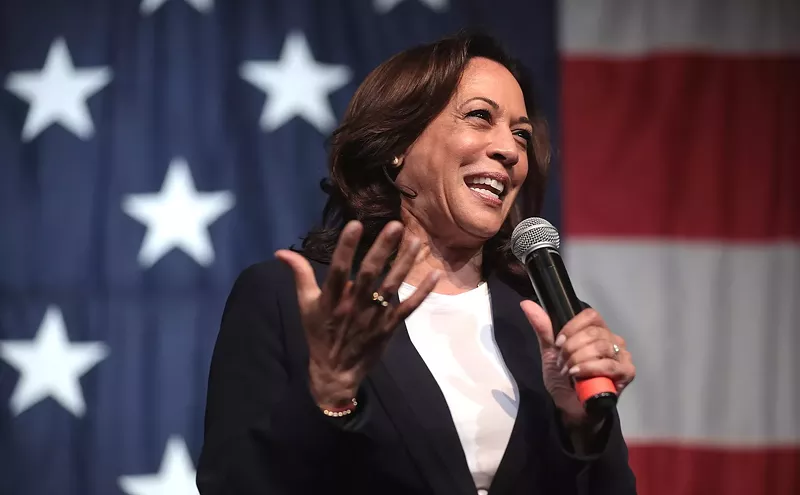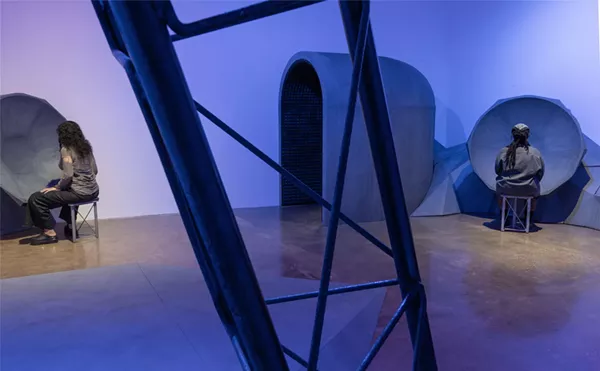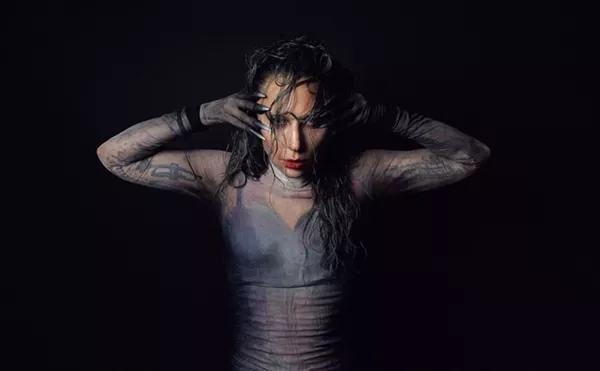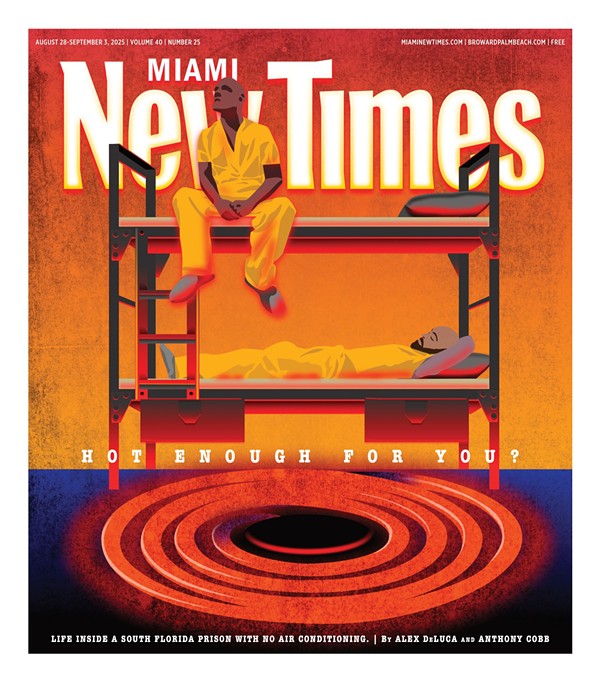Lopez Ramos, the only painter who lives outside Cuba, in Vancouver, Canada, explains how his work began to change around 1994: "We were the black sheep -- those of us who stayed. When the "special period" hit, we started selling our paintings in La Plaza de Cathedral. Some people said, “Well at least the government turns the other cheek and lets you earn a little money somehow.' What they didn't understand was that it was a way of punishing us. To sell our work on the street after having had successful careers was a humiliation." But the experience changed Lopez Ramos's life forever. "It devalues you in the face of an art dealer, but I felt bigger as an artist and a human being." Ironically selling paintings in the plaza was his and many others' first taste of independence, which opened up a new world of creative possibilities. In the case of Lopez Ramos, it instilled in him a desire to paint what he had been holding inside. He sold paintings in the plaza to survive but began to create pieces at home that expressed his discord with the politics of Cuba.
Journalist Rivero is a pioneer in his own right, having founded in 1995 CUBAPRESS, an independent press for which he has been arrested on numerous occasions. Many of the artists interviewed in his book are on display at the exhibition at MDCC, which was made possible by the Center for a Free Cuba. The Washington, D.C.-based nonprofit group published the book and made the artwork available to the Centre Galley.
Protest art is nothing new. Its appeal is a combination of politics and aesthetics. As a genre it draws on the fact that its message can be transformed by its locus. "Ojo, Pinta" is no exception. What accompanies the viewing of these drawings and paintings is not only the chilling awareness that many of the works were created in secret and under the threat of real punishment but that these artists continue to create under the same circumstances.



